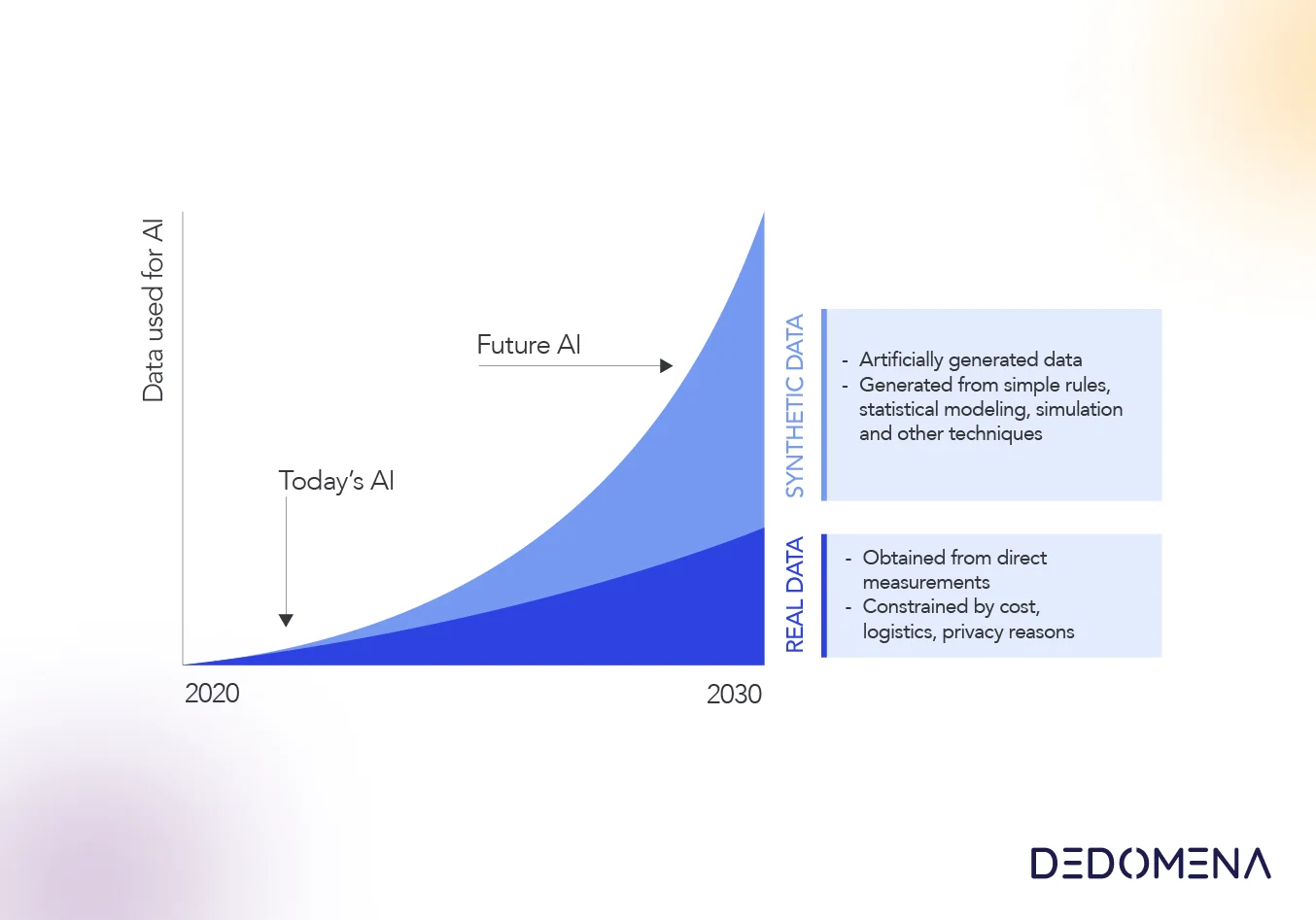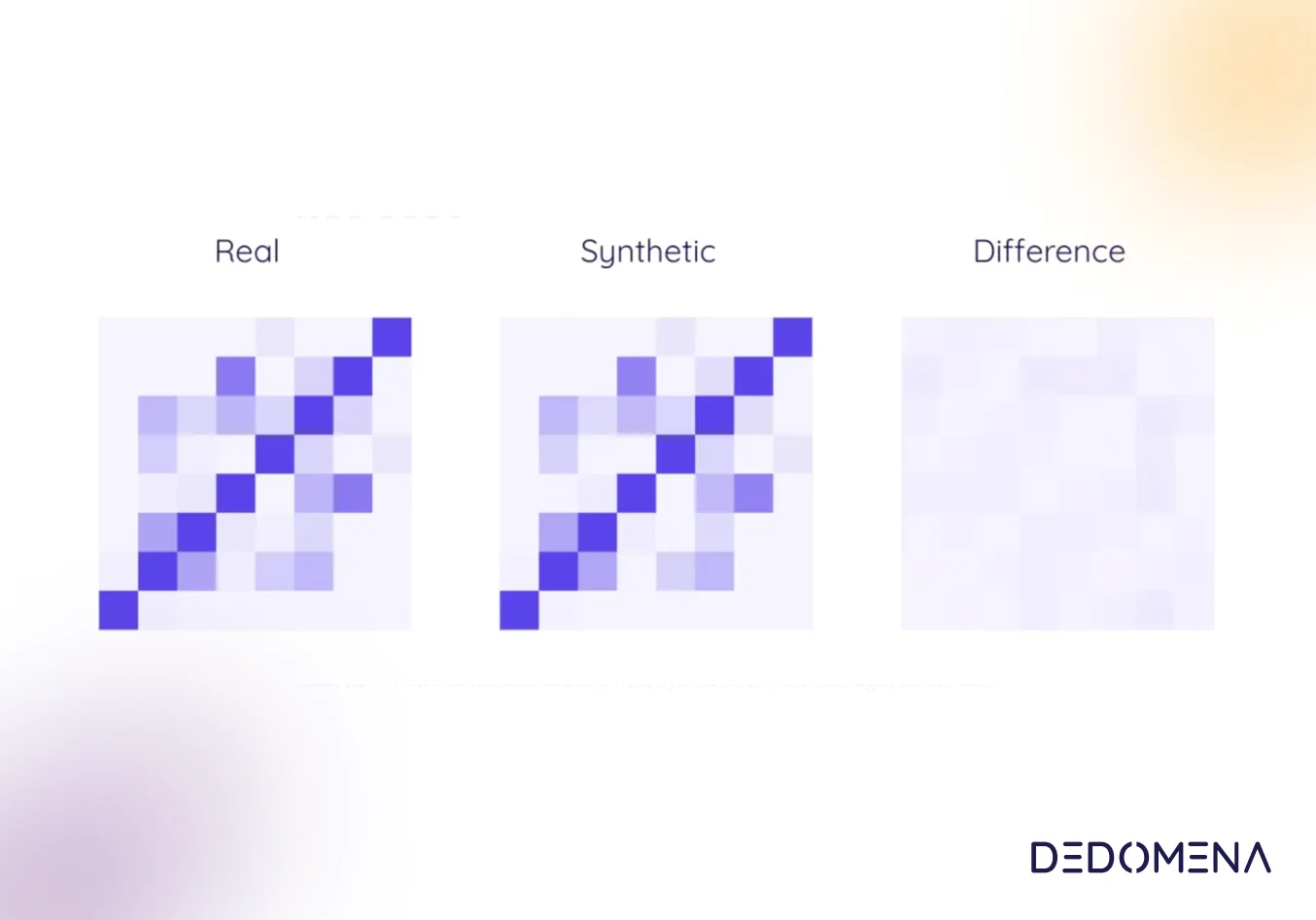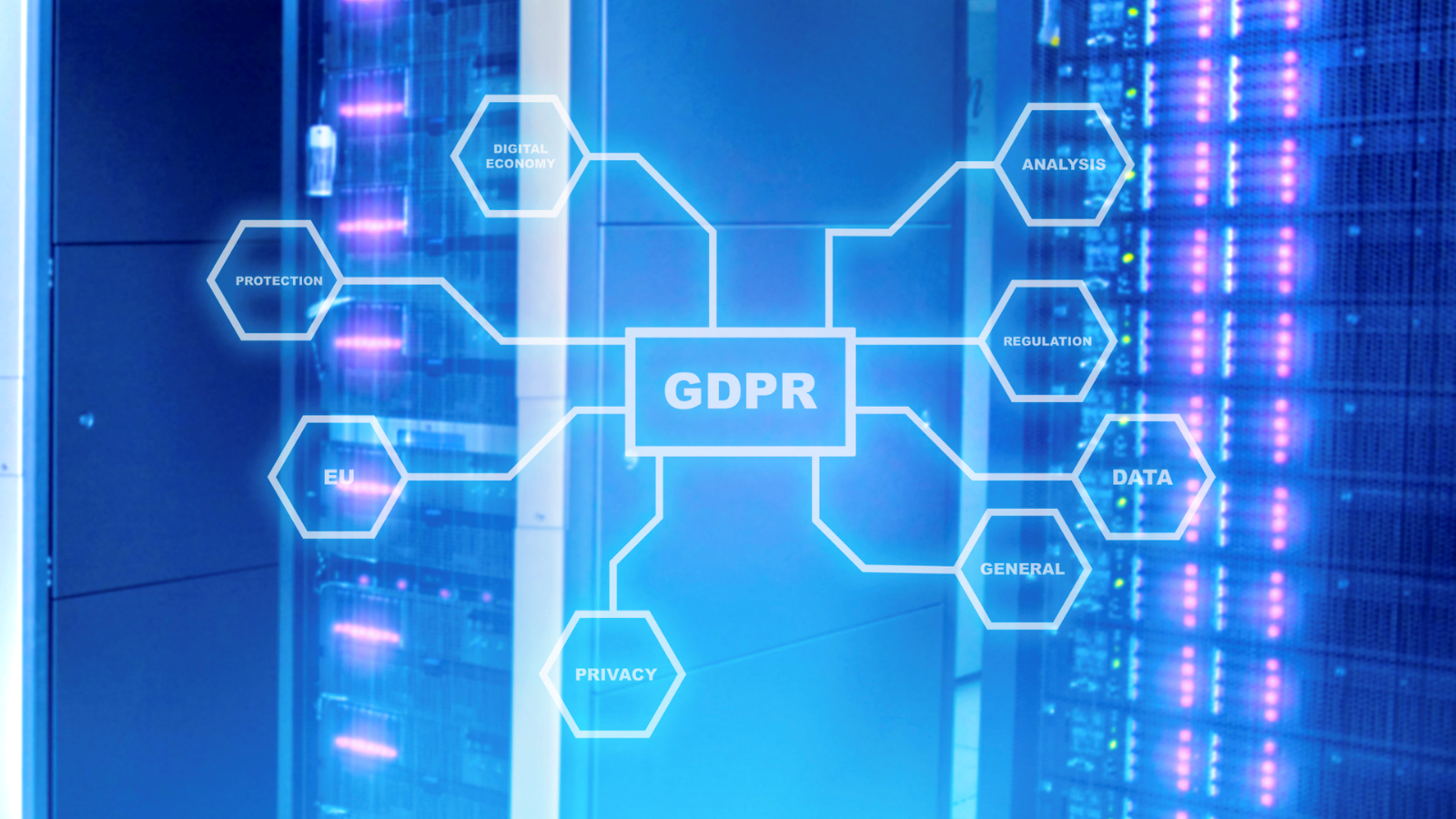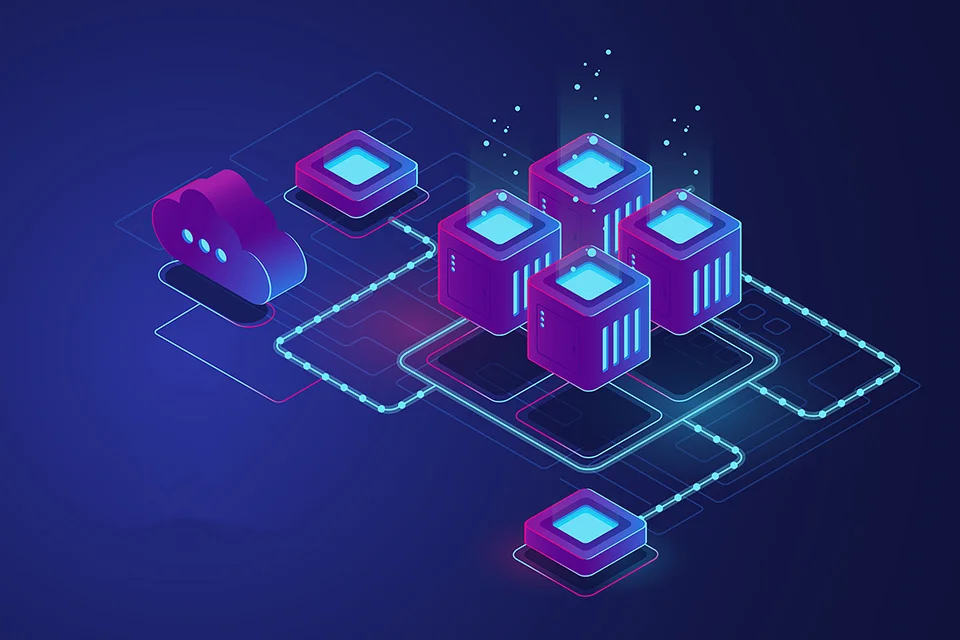If you were to examine your health records from the last five years, you'd discover a treasure trove of time-series data containing a chronological sequence of events, patterns, and valuable insights into your life and habits. It's essential to note that altering the order of these events can change the interpretation of the data, impacting the analyses it can offer.
Time-series data refers to a collection of data points ordered over time, forming a sequence of events, one after another. This type of data spans across various industries and serves as a fundamental tool for decision-making and forecasting. Let's delve deeper into what time-series data entails.
Time-series data represents a chronological sequence of data points recorded at regular intervals over time. Its time-ordered nature provides a valuable tool for tracking and predicting future trends. Whether it's stock prices, weather measurements, social media interactions, or patient vital signs, analyzing time-series data helps us comprehend historical patterns and make informed predictions about future developments.
Time-series data plays a pivotal role in multiple industries, from finance to healthcare and beyond. It offers invaluable insights into trends and anomalies over time, facilitating decision-making, forecasting, and optimization. Nevertheless, dealing with real-world time-series data can pose challenges due to its complexity, volume, and privacy concerns.
Challenges in Leveraging Time-Series Data
Our world is undergoing a rapid transformation as we gather and analyze data at an unprecedented pace. The success of companies doesn't solely hinge on their ability to acquire data; it's equally vital to utilize this data for development and innovation within their respective fields.
Real time-series data, while invaluable, presents several challenges:
-
Volume and Complexity: Time-series data can accumulate rapidly, demanding substantial storage and processing resources.
-
Data Anomalies: The presence of outliers or missing data points can skew analyses and predictions.
-
Scarcity of Historical Data: In some instances, historical data may be limited.
-
Privacy Concerns: Sensitive data, especially in healthcare and finance, often cannot be shared due to stringent privacy regulations.
The challenge of data privacy is particularly formidable because the potential costs and consequences associated with a privacy breach typically outweigh the benefits of innovation. Sequences of time-series data can reveal patterns that could compromise an individual's privacy. Consequently, time-series data is often subject to stringent privacy safeguards, preventing teams from accessing and processing it. Entities like banks and hospitals store extensive data in silos, refraining from utilizing it due to data privacy concerns.
Businesses require such data to enhance services, refine decision-making processes, and explore revenue opportunities. However, this should not come at the expense of data protection and security.
Synthetic Data: A Fundamental Driver for Success
Synthetic data, generated by algorithms, mirrors the statistical properties of real sensitive data without containing any actual information. It serves as a valuable asset for data analysis while maintaining sufficient privacy safeguards to align with regulatory definitions of anonymized data.
This approach empowers organizations to optimize both data utility and privacy, offering numerous advantages, especially in customer-centric industries. By leveraging synthetic data, businesses can strike an ideal balance between data utility and customer privacy, fostering innovation and compliance within the data-driven landscape.
Here's how synthetic data helps overcome the challenges of time-series data:
-
Data Augmentation: Synthetic data can augment limited historical data, improving the quality of predictions and analyses.
-
Privacy Preservation: By using synthetic data for testing and development, organizations can adhere to privacy regulations while retaining data utility.
-
Reducing Data Anomalies: Synthetic data can fill gaps and provide a smoother, more predictable data flow.
The use of synthetic time-series data is critical in various fields that are essential for keeping pace with the rapid evolution of data-driven industries.
Benefits of Synthetic Time-Series Data
Predictive analytics greatly benefits from synthetic time-series data, enabling the construction and refinement of predictive models, resulting in more precise and reliable forecasts. This advantage is especially crucial when working with limited real data resources, as synthetic data supplements and enhances the model training process.
Furthermore, synthetic data proves invaluable for training machine learning models, particularly when authentic data is in short supply. In these situations, synthetic data enables the development and validation of models with optimal performance, a pivotal resource for organizations seeking to leverage machine learning for data-driven decision-making in environments where real data is limited.
Algorithm testing is another area where synthetic time-series data plays a principal role. Conducting testing in a controlled environment with synthetic data helps identify and resolve potential issues or inaccuracies before applying algorithms to authentic datasets. This preliminary testing phase ensures that algorithms perform effectively when deployed in real-world scenarios.
For businesses subjected to stringent regulations, the use of synthetic data is essential for compliance testing. It enables organizations to verify that they are adhering to compliance standards without infringing upon data privacy or security. This dual advantage of maintaining data privacy while demonstrating regulatory compliance is particularly beneficial in industries such as healthcare, finance, and beyond.
The capacity to create and utilize synthetic time-series data presents a multitude of opportunities for enterprises on a global scale. It enables collaborative efforts within organizations and across industries, ensuring the secure and efficient exchange of data while maintaining compliance with data privacy regulations. This innovative approach also sparks creativity by unveiling new applications, such as churn modeling in the insurance sector, identifying fraud patterns in finance, and enhancing diabetes detection in healthcare.
In essence, the utilization of synthetic time-series data serves as a key that unlocks a myriad of possibilities and solutions across various domains, transforming the way businesses operate and innovate.


















































